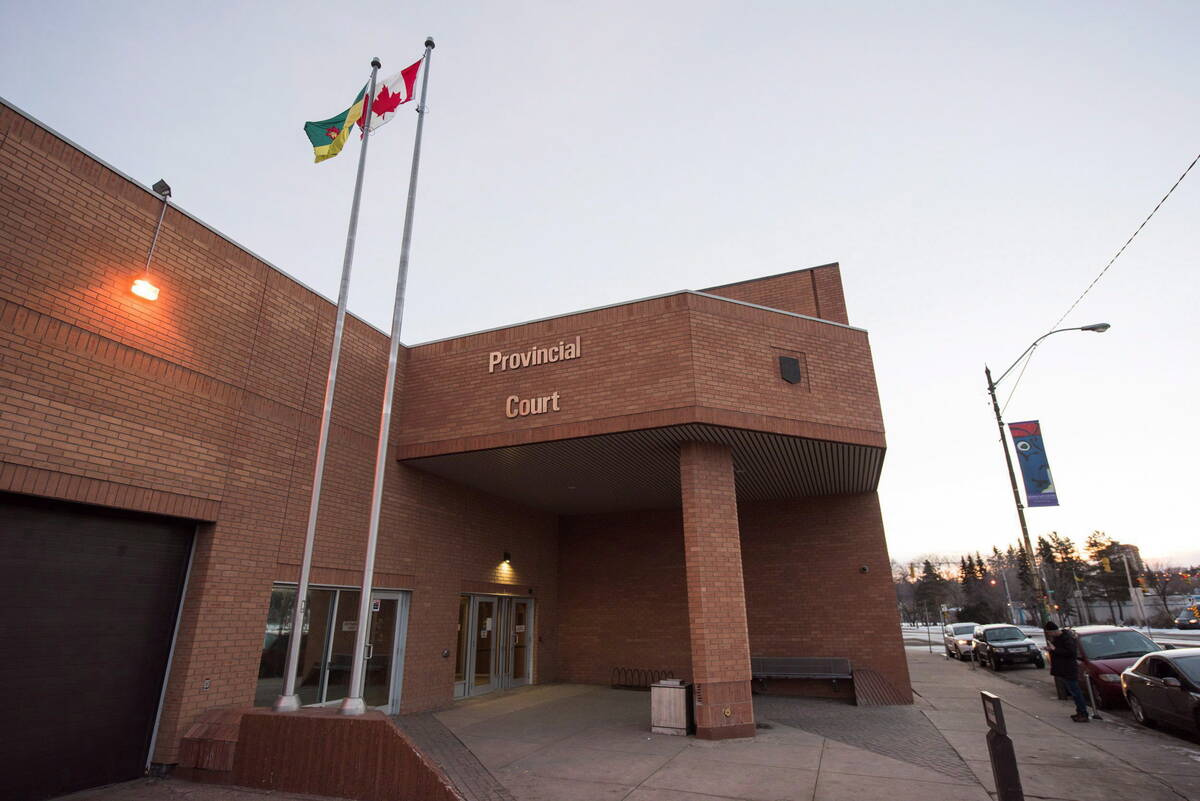Hope is what keeps people going at times
when, from a logical view, things don’t seem worth continuing.
How do people maintain hope when their life or their business seems not to be going anywhere? How do people cope when they realize their lives are consumed with their anger, their addiction or depression?
Hope is based on trust and belief. Our most important source of trust and belief is ourselves. Yet, this is often the hardest thing to recognize, because our pain easily blocks our sense of hope.
Read Also

Understand limitation periods if considering civil suit
A limitation period refers to the amount of time a plaintiff has to commence a formal claim in court or lose their ability to pursue it.
Reaching out to others and sharing is the first step in keeping our hope healthy. Talking things out with someone may be scary at first, because we initially tend to see only the dark side of an issue. But when we share our pain, anxieties and frustrations, we unload a bit of that burden from ourselves. We free ourselves to see our world from a viewpoint other than our own.
We all need to find ways of hoping. For farmers, the border battles with the United States, inadequate world commodity prices and unpredictable weather can easily destroy hope if all they do is focus on the bad stuff.
For someone who is laid off from a job and faces uncertainty about when they will be called back or if another job can be found, hope is hard to find at first. Shock, anger and depression are the first reactions to unemployment.
Hope needs other people. Whether it is a group of people coping with illness or coping with business difficulties, they all find extra strength and hope when they open up and share with each other.
For hope to grow in us, we have to risk. We have to share with others. This means being willing to share our pain and frustrations with others, not in a complaining and blaming way, which is most people’s initial reaction when they share. It means getting in touch with yourself and the pain of your feelings and going out on a limb and talking to others about it.
This is a gamble. People may not recognize or accept your feelings. If that happens, move on and find someone else to talk with who will hopefully be more understanding and will share back in return.
The hardest thing for many people is picking up a phone and sharing their pain with someone else, going to a support meeting, or talking with a helping person, whether a volunteer or a professional. When life seems hopeless, it is normal to curl up in a corner, complain, get angry or feel depressed. But hope only comes when we take that risk and do something.
Hope is not an answer or a solution to problems, but rather a way to start working on them. A person suffering from serious and long-term depression once told me that hope is not seeing the light at the end of the tunnel of darkness, but having the belief that at some point the light will come into view.
Peter Griffiths is a mental health counsellor based in Prince Albert, Sask. His columns are intended as general advice only. His website is www.sasktelwebsite.net/petecope.Cover back even
















